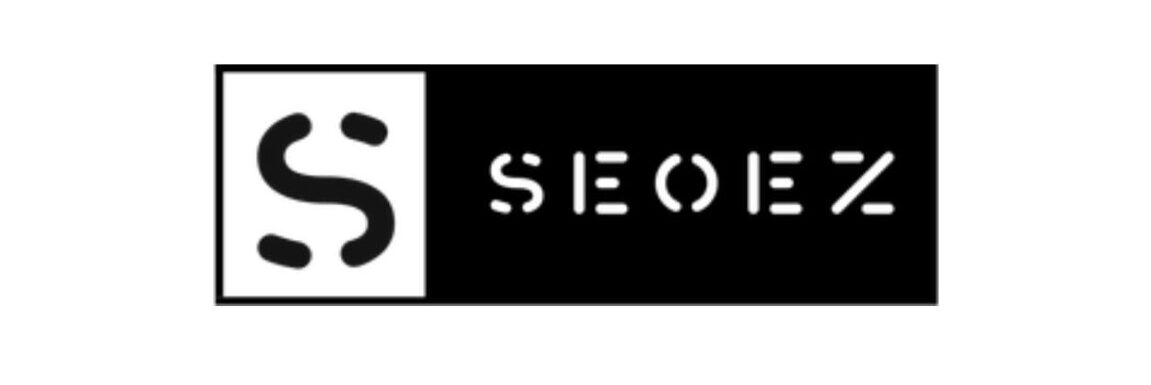Hispanolist | E+ | Getty Images
The average 401(k) savings rate — including employee deferrals and company contributions — has maintained historic levels as plans make it easier for workers to put money away.
In 2023, the average combined savings rate was about 11.7%, matching a record high from 2022, according to Vanguard’s annual analysis of more than 1,500 qualified plans and nearly 5 million participants.
A separate Fidelity report also found record savings at a combined rate of 14.2% for the first quarter of 2024. That report was based on almost 26,000 corporate plans and nearly 24 million participants.
Vanguard recommends saving 12% to 15% of your earnings, including employer contributions, for retirement each year. Fidelity’s benchmark is 15%.
More from Personal Finance:
These are the least difficult areas in the US to buy a home
How TikTok’s Viral ‘No Spend Month’ Can Bite You
The IRS will deny billions in ‘inappropriate’ pandemic-era small business claims
“You want to grow your savings by at least 1% each year,” and aim for that benchmark of 12% to 15% compounded, said Dave Stinnett, Vanguard’s head of strategic retirement consulting.
Nearly 25% of participants deferred more than 10% of earnings to 2023, the analysis found. And 43% of employees increased their savings rate that year, Vanguard reported.
In 2023, about 14% of participants reached the 401(k) deferral limit, which was $22,500 for savers under age 50, Vanguard found. That portion of workers who maximize plans has been the same since 2020.
401(k) plans have increased savings over time
The average employee deferral rate returned to a record 7.4% in 2023 after falling slightly last year, the Vanguard report found. Employees deferred an average of 9.4% during the first quarter of 2024, according to Fidelity.
401(k) plan features like automatic enrollment and higher default savings rates have increased employee deferrals over time, Stinnett said.

“They’re coming in with a higher initial savings rate,” he said. “And many of these plans have an automatic increase or step feature where people automatically save 1% more each year.”
About 60% of 401(k) plans had a default savings rate of 4% or higher in 2023, compared with 35% with that rate a decade ago, Stinnett said.
‘Several factors’ determine your retirement savings target
While financial services companies have identified retirement savings standards, the appropriate percentage varies based on individual needs, experts say.
“I typically advise a target savings rate of 15%, combining employee and employer contributions,” but the target can change based on “a number of factors,” said certified financial planner Alyson Basso, managing director of Hayden Wealth Management in Middleton, Massachusetts.
Every customer’s situation is unique and their savings strategy should reflect their individual needs, goals and circumstances.
Alyson Basso
Managing Director of Hayden Wealth Management
Your age, proximity to retirement, income level, lifestyle expectations and current debt are among the factors used to decide the right rate, she said.
For example, older clients may need to save more aggressively if they haven’t reached their retirement savings goals, while younger clients may gradually increase deferrals as incomes increase. However, Gen Z has embraced investing early while Gen X has struggled to catch up.
“Each customer’s situation is unique and their savings strategy should reflect their individual needs, goals and circumstances,” added Basso.
